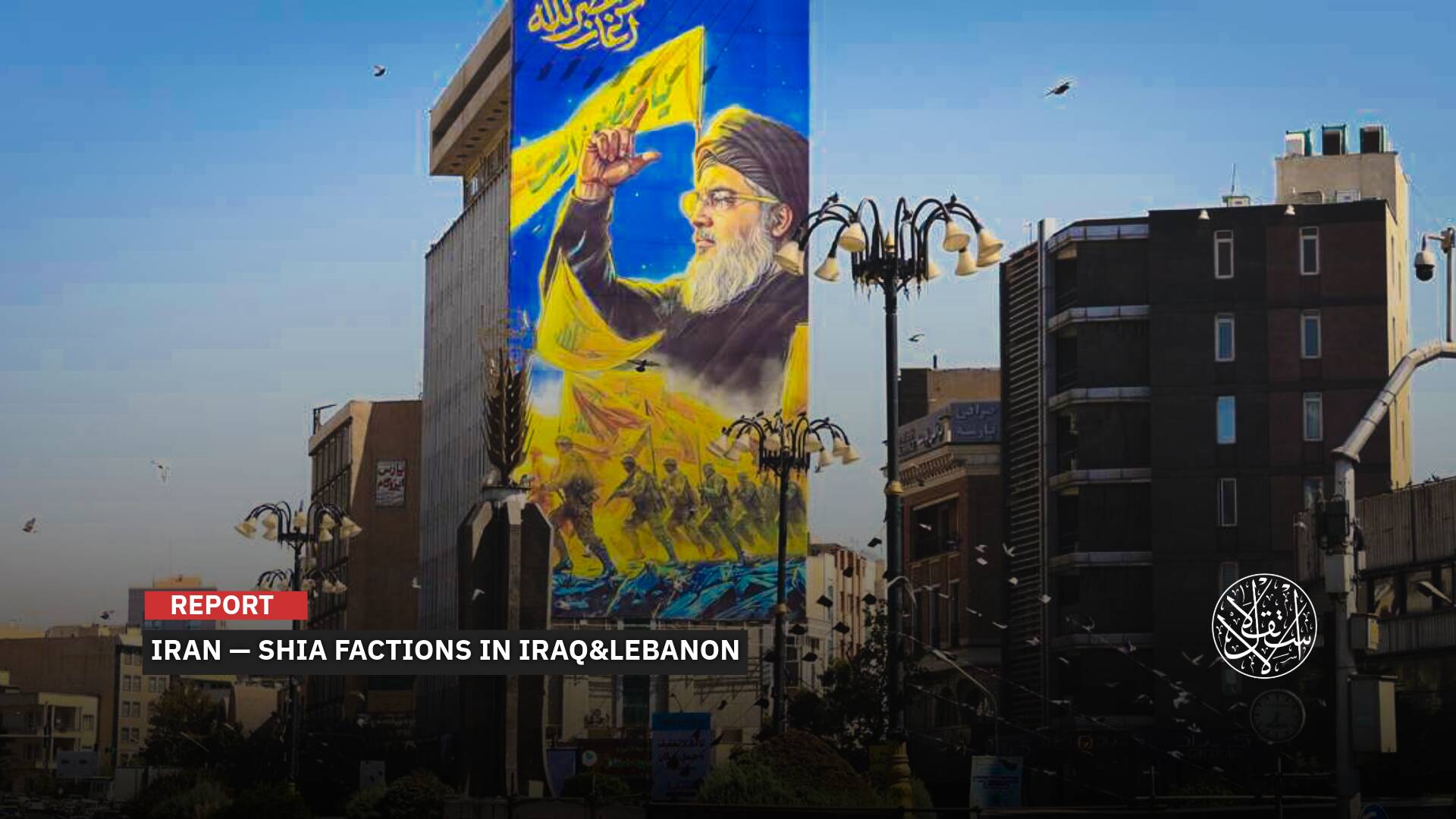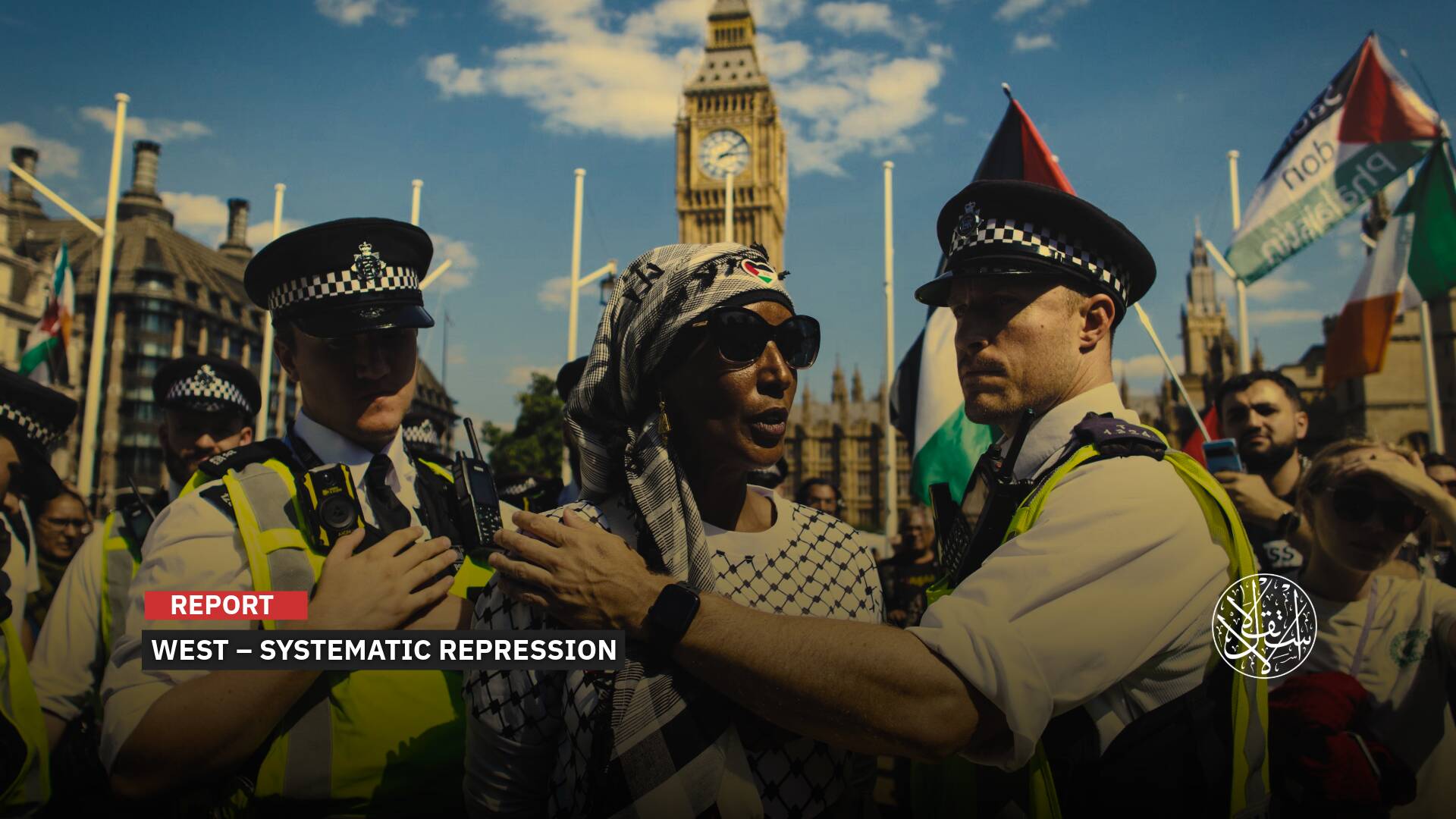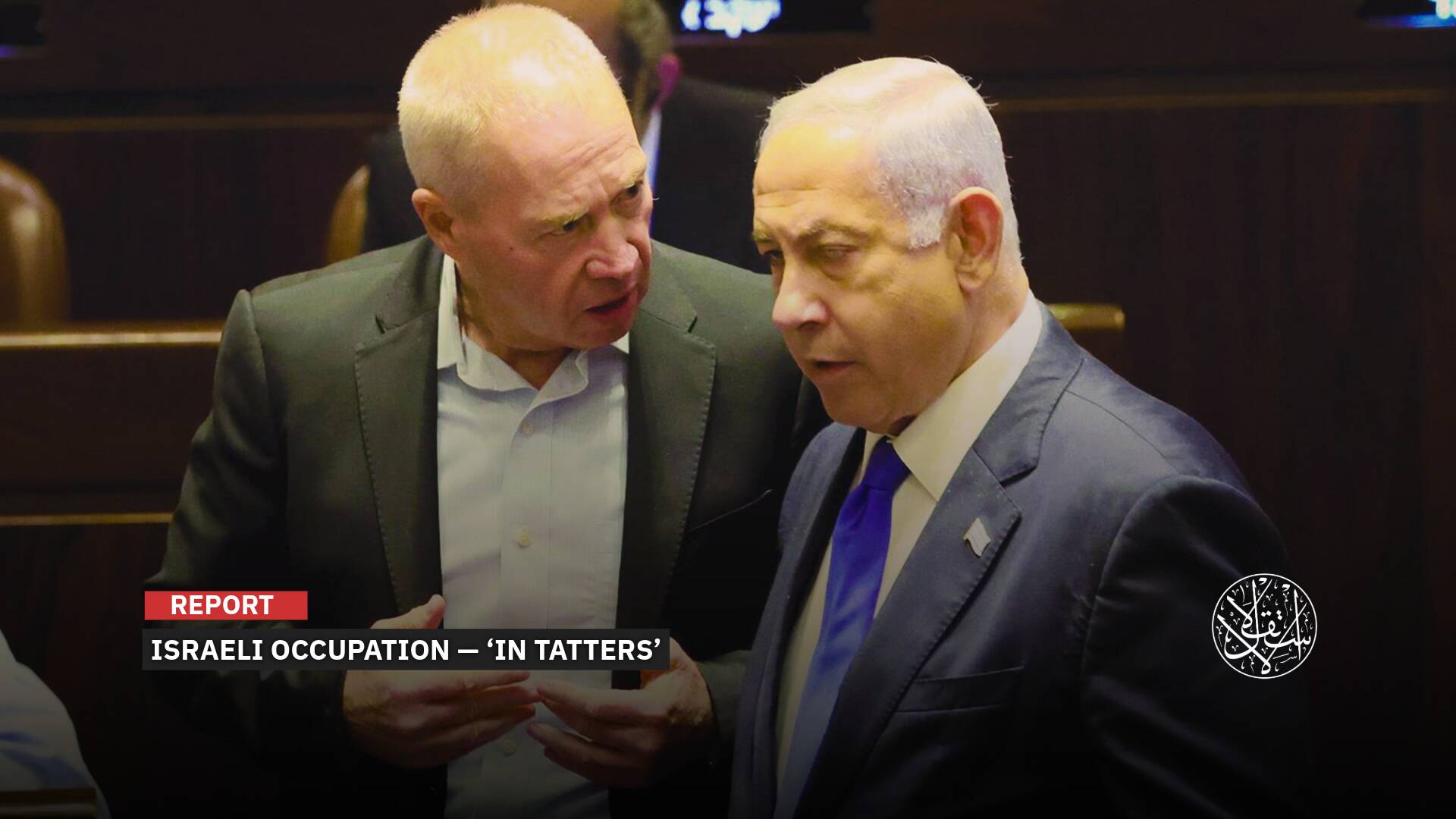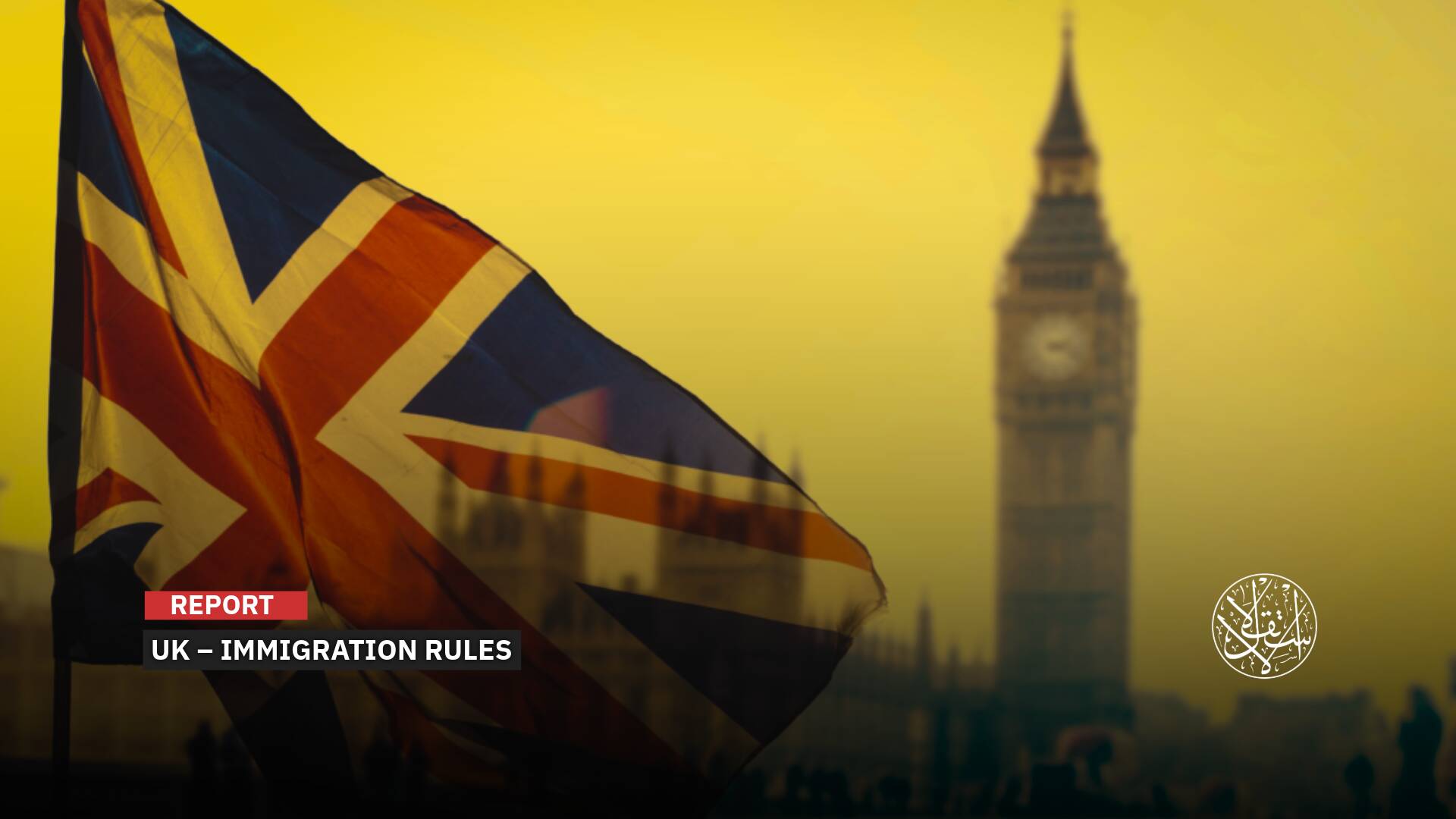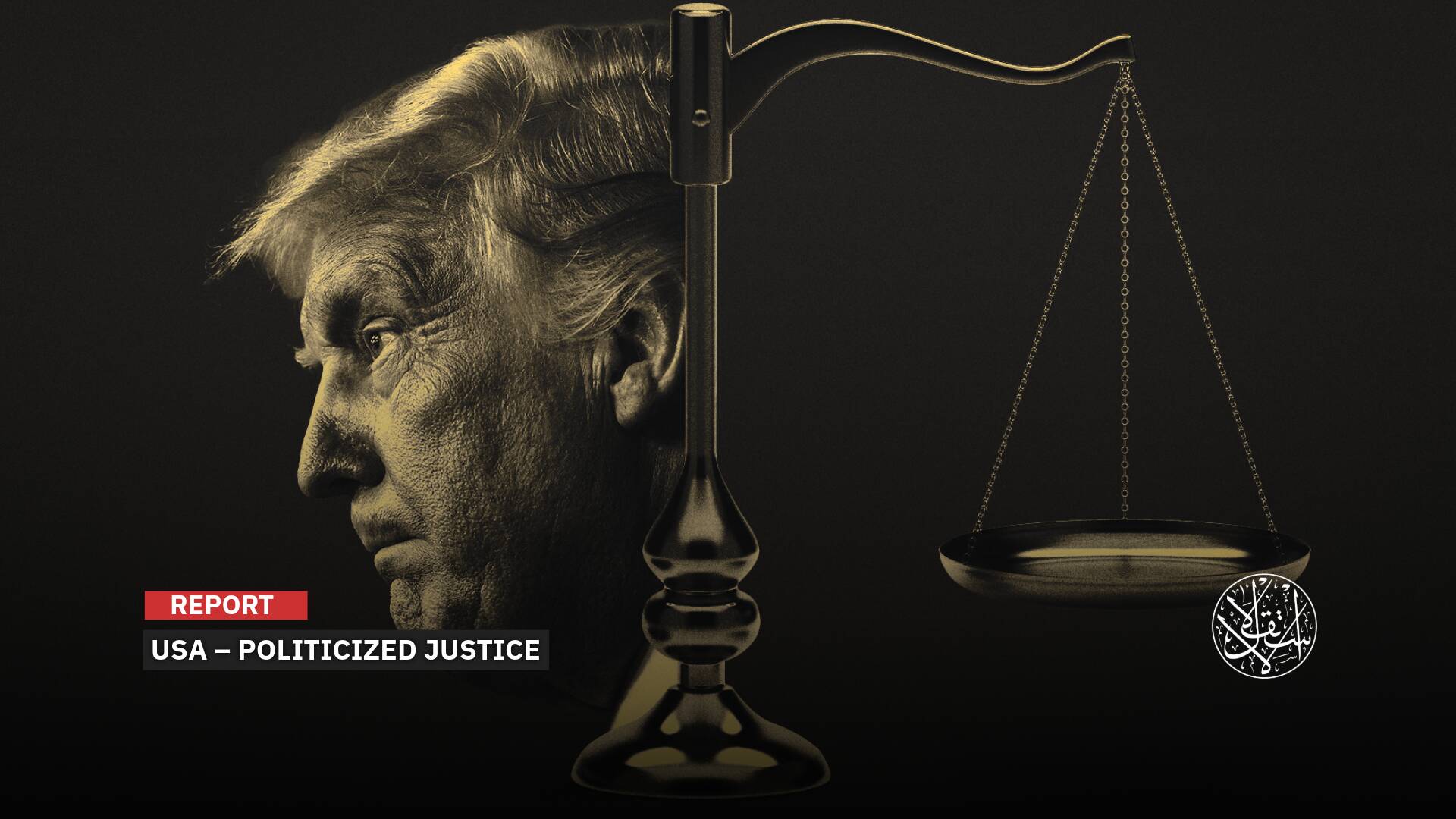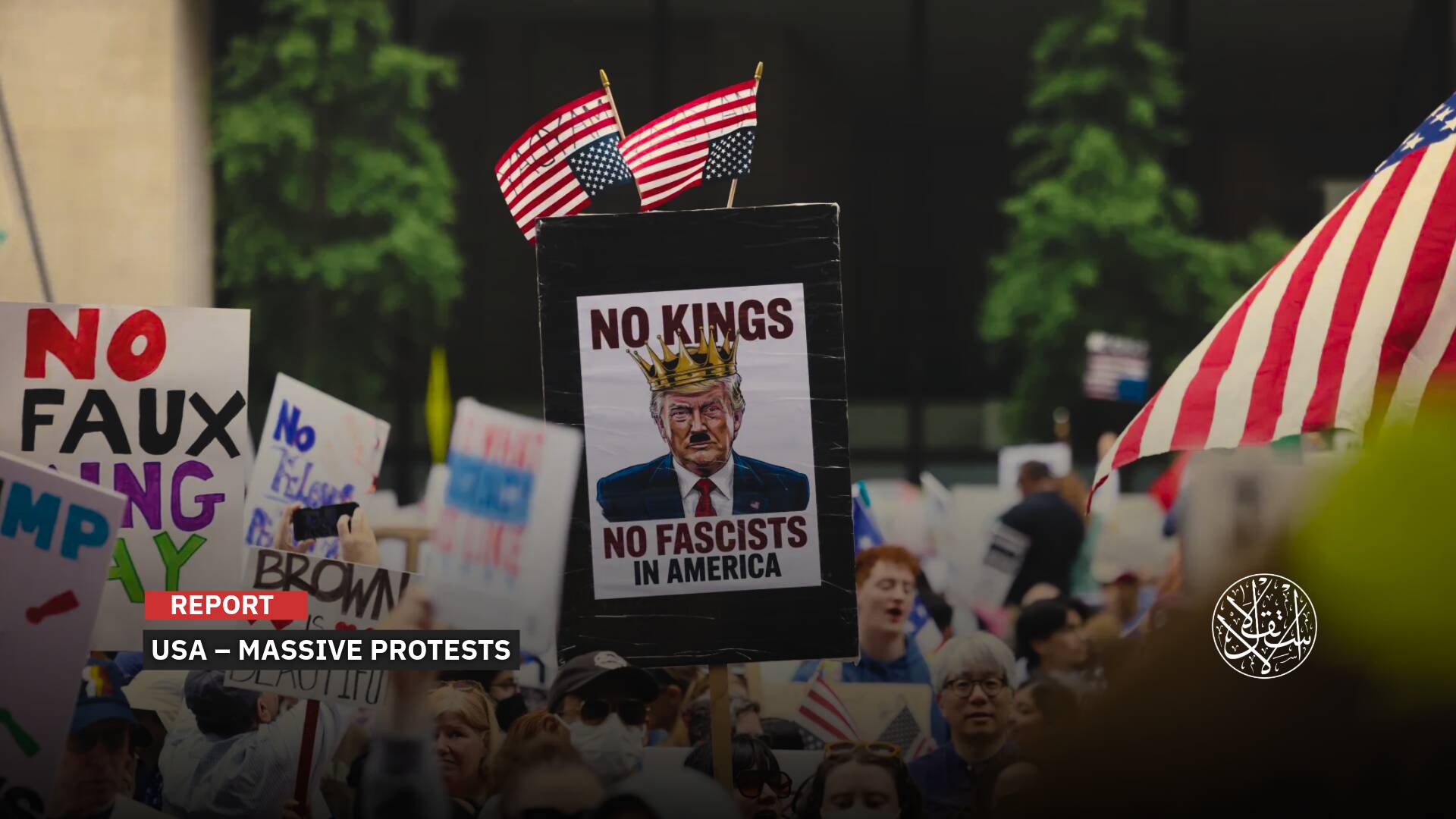Arab Spring; 10 Years of Hope and Counter-Revolutions

Contents
Preface
The Situation of Arab Countries before Revolutions
Identical Demands
The Similarity of Dictators’ Means of Oppression
Counter-Revolutions and the Mistakes of the Revolutionaries
Hope for Change
Preface
Ten years have passed since the Arab Spring revolutions started in Tunisia, when a Tunisian street vendor set himself on fire. This became a catalyst for the Tunisian Revolution and the wider Arab Spring against autocratic regimes. His self-immolation was in response to the confiscation of his wares and the harassment and humiliation inflicted on him by a municipal official and her aides on 17 December 2010 [1].
An incident that showed a growing feeling of solidarity of the tunisian People.Protests calling for justice and dignity swelled in size and number across the country. This forced the then president Zine El Abidine Ben Ali, to flee the country on January 14, 2011, thus ending his 23-year rule[2].
Nine days later, on January 25, 2011, which coincided with the annual Egyptian ‘’the Police holiday’’, widespread demonstrations erupted in Egypt against the rule of President Mohamed Hosni Mubarak.
At first, the demands of the demonstrations were limited to improving the political and economic situation in the country, but it soon turned into a massive revolution that swept Cairo and the main Egyptian cities.
The youth - who were the backbone of the revolution - stood up to all attempts to quell it, and under the insistence of the protests on Mubarak's withdrawal from the scene, the latter was forced to announce his resignation on February 11, 2011, thus ending his nearly 30-year rule [3].
During the Egyptian revolution, a series of popular protests took place in Yemen, which began on January 27, 2011 calling for the overthrow of President Ali Abdullah Saleh’s rule. The demonstrations continued until Saleh signed the Gulf initiative on November 23, 2011 to resolve the political crisis. According to the constitution, the initiative was considered a constitutional reference for running the country. Then Abdrabbuh Mansour Hadi, Vice President at the time, and the current president, took over the leadership of the country on February 21, 2012 under the Gulf initiative [4].
On February 14, 2011, a statement was issued calling for the resignation of Colonel Muammar Gaddafi, and the right of the Libyan people to express their opinion through peaceful demonstrations without harassment or threats by the regime.
However, a number of Libyans were killed by police bullets in Benghazi after a number of citizens held a sit-in demanding the release of political prisoners, and the protests turned into a revolution that took control of major Libyan cities, until Gaddafi was declared killed on October 20, 2011 thus ending the Gaddafi regime, who ruled for 42 years [5].
In Syria, the demands of the revolutionaries were similar to their counterparts in Tunisia, Egypt, Yemen and Libya, but events took a different turn.
The protests began in March 2011 after the security forces imprisoned a group of children in the city of Daraa, which led to the parents' demonstrations that were met by gunfire from government soldiers [6].
As a result, the circle of peaceful protests expanded, but the police and security forces confronted them with excessive violence, carrying out large arrests, and following a policy of brutal repression, the revolution took an armed form since late July 2011, and then the matter evolved into an Iranian-Russian intervention that worked on encouraging the Assad regime.
At the beginning, it seemed that all the Arab revolutions are similar and have commun points. Despite the privacy of each one in the detailed events, they all look very similar : the reason behind the revolution, the demands of each one, and the means used by rulers during the uprising of their people against them.
The Situation of Arab Countries before Revolutions
Perhaps political despotism and the violation of human dignity are the most important factors in the Arab Spring revolutions, as many consider them to be the root of all the dictatorial regimes. Of course, the blockage of political enrollment and the violation of human rights are among the most common factors that brought the ruling regimes in Tunisia, Egypt, Libya, Yemen and Syria together.
Tyranny prevailed and violations affected all the sectors of society in Tunisia. In February 1990, Ibn Ali faced the protests of the "Tunisian General Union of Students" with a punitive compulsory recruitment campaign that included about 600 of its leaders in all universities.
Outside the university, Saddam Ibn Ali, with the Islamist-oriented "Ennahda" movement in 1991, caused the arrest of thousands of UGTT ( Tunisian General Union of Students) members. Human rights organizations recorded numerous violations.
After the Islamists, the rest of the Tunisian opposition parties had their turn, so the members of the Tunisian Communist Workers Party, some trade unionists, and even part of its former allies, including the Secretary-General of the Movement of Socialist Democrats, Mohamed Moaada, were imprisoned in 1994 charged with receiving funding from intelligence agencies (7) ].
A few weeks before the Egyptian revolution, the parliamentary elections were described at that time as undemocratic, characterized by electoral fraud, and Mubarak's National Party won the majority of the seats in the first round of elections [8].
Subsequently, the leaders of the al-Ghad parties, the Democratic Front Party, the Kifaya Movement, the National Association for Change, the April 6 Movement and the Muslim Brotherhood called for a comprehensive boycott of the elections, and non-participation from the run-off elections in the first phase until the end of the electoral process [9].
Also, the emergency law was a basis on which Mubarak relied throughout his rule in harassing his opponents, so the detention facilities were open during his term for anyone threatening his authority, even with a word.
According to one of the reports submitted to the United Nations by the Forum for Independent Human Rights Organizations in January 2012, the number of detainees reached 14,000, without charges or trials, despite the decisions of their release, but these were not implemented [10].
In Yemen, Ali Abdullah Saleh established his rule - which lasted for more than 3 decades - with the iron fist. According to Human Rights Watch, during his rule, Saleh was involved in countless human rights violations, including deadly government security forces' attacks on mostly peaceful demonstrations, the indiscriminate bombing of densely populated areas during the Yemeni revolution in 2011-2012, and war crimes from 2004 To 2010.
As for Libya, its people have lived for more than 40 years in oppression and tyranny, and since 1969 during the era of Muammar Gaddafi, the country has not witnessed any elections or transfer of power.
Gaddafi pursued a policy that guaranteed him to stay for the longest possible period in power by excluding all political currents and forces that could contest him or threaten his power, making Libya a complete police state, in which the Libyans suffered from a lack of civil liberties, oppression, arbitrary detention and executions in mysterious circumstances. [11].
And in Syria, the way Bashar al-Assad came to power was enough to kill all hope that Syria would live as a pluralistic democratic system during his reign.
After the death of his father, the constitution was changed within 5 weeks in order for him to be fit in terms of age to hold the position. Then elections were held, and Bashar was sworn in as the new president on July 17, 2000, while there was no opposition candidate.
In order to preserve his power, he was appointed to the highest military rank in Syria, and then installed as head of the ruling Baath Party at the party conference that was held in a hurry during the same five weeks [12].
Apart from the humanitarian catastrophe and the brutal massacres committed by Bashar al-Assad after the start of the Syrian revolution in 2011, the first ten years of his rule were filled with repression of political and human rights activity, restrictions on freedom of expression, ill-treatment, enforced disappearance, and torture, which Human Rights Watch described it as "routine" since the early years of Bashar Al-Assad's rule [13].
The great similarity in the conditions of the Arab countries before the revolutions was not only in the political and human rights situation, but also in the economic situation, as money was associated with politics, and the corruption prevailed, and the number of people above the poverty line had increased.
In a study conducted by the World Bank, about the corruption during the era of ousted Tunisian President Zine El Abidine Ben Ali, 220 Tunisian companies own about 21% of the private sector in Tunisia, owned by relatives of the ousted President Ben Ali.
The study said: These companies benefited from the facilities and special treatment in terms of obtaining licenses and winning contracts through their relations with the ousted president [14].
In contrast, about 25% of the population of Tunisia lived below the poverty line, according to what the Ministry of Social Affairs announced after the overthrow of the Bn Ali regime [15].
In Egypt, the number of wealthy people who work illegally increased, and the percentage of Egyptians living below the poverty line reached 25%, according to official data.
The suffering of Egyptians reached difficult levels, to the point that the street was boiling through labor and popular demonstrations denouncing the deteriorating economic conditions and demanding an increase in wages.
In Yemen, Saleh neglected the economy and development and continued to enhance his military power through arms deals, despite the increase in poverty and unemployment rates among Yemenis, and the deterioration of living conditions in the country, until half of Yemenis fell below the poverty line [17]. In contrast, the ousted president through corruption amassed a fortune , $ 60 billion during his 33 years in power, according to a report published by the United Nations in early 2015.
The study said: The funds were raised through corruption related especially to oil and gas contracts, and Saleh obtained bribes in exchange for exclusive exploration concessions [18].
Although the Libyan state is relatively richer than the rest of the Arab Spring countries, government corruption during the era of Muammar Gaddafi and mismanagement of funds made Libya's great economic capabilities not reflected on the people.
The salaries of the majority of the workers in the public sector were about 400 dinars ($ 321) per month for a head family, and the teacher's salary in educational institutions, including secondary school, was 450 dinars ($ 361) per month.
Since the average number of family members is 6 according to the last census before the revolution, this means that the family's monthly income was less than two dollars for each member (the extreme poverty line).
A wide range of citizens agreed on the poor health and educational services, the high costs of treatment, the high prices of medicines, transportation and food commodities with limited income [19].
As for the situation in Syria, it was worse , as financial corruption and bribery spread widely in state departments, at the airport and at the borders, and unemployment and poverty increased among large groups of the Syrian people, during the rule of Al Assad, the father.
When his son Bashar took power and replaced him, the phenomenon of financial and administrative corruption deepened and expanded to become the official system in Syria, and the number of families suffering from extreme poverty and deprivation expanded, in addition to a continuous rise in the prices of goods, services and housing, with the deterioration of the value of the lira [20].
Identical Demands
The political and economic conditions were similar among the countries of the Arab Spring : tyranny, abuse of all opponents, bad economic conditions, corruption and the plunder of wealth.. These similar situations led to the common demands of the revolutionaries in their different countries. Although the slogans of the revolutions were different in words, they had one content and the same meaning.
In Egypt, the revolutionaries raised the slogan “Live… Freedom… Social Justice” [21]. In Tunisia, one of the most prominent slogans in the revolution was “work, freedom, and national dignity” [22]. Of course, the slogan of "The people want to bring down the regime" was one of the main slogans said by the revolutionaries in the two countries.
The revolution's slogans here and there summarized all the miseries of the two peoples and their hopes for the future as well, and highlighted the same reasons for their revolutions.
As for Libya, the demands of its revolutionaries did not differ from Tunisia and Egypt. A week after the outbreak of the revolution, the General Coordinator of the Revolution Coalition, Abd al-Salam al-Mismari, broadcast on February 22, 2011 a statement called “The Victory Statement of the Blessed February 17 Revolution'' via the “Voice of Free Libya'' radio. There were 5 points summarising the objectives : building a unified, free, civil and fully sovereign Libya state, drafting a constitution that derives its legitimacy from the will of the people and the revolution, based on respect for human rights, and the guarantee of public freedoms.
The declared goals of the revolution also included the separation of powers and the independence of the judiciary, and building national institutions on foundations that ensure broad participation and pluralism, a peaceful and democratic transfer of power, and the right to representation for all groups and segments of the Libyan people.
It also included the unity of the Libyan people , respect for all international agreements, and the protection and maintenance of the lives and property of all citizens and foreigners in Libya [23].
In Yemen, slogans appeared at the beginning of the Yemeni revolution similar to the Egyptian revolution especially after the media and social networks facilitated the arrival of these slogans to the subsequent revolutions. The slogans were taken from the Nile revolution in the beginning as they are, without modification, except for the Egyptian names that were replaced by Yemeni names to suit their own situation, then the slogans of the Yemeni revolution soon evolved until they took their own Yemeni form
One of the common slogans between the two revolutions was “The people want to overthrow the regime” [24]. In terms of the demands of the revolutionaries, the youth of the February 11 Revolution were asking for Saleh’s elimination, the removal of his family and relatives from their sensitive military positions, for the election law to be reformed, and for a true democracy to guarantee equal opportunities. There is no doubt that there is a similarity with the other Arab revolutions.
In the Syrian case, the revolution was about national demands and slogans that included all groups, they were about dignity and freedom, in addition to social demands, and overcoming incitement and sectarian tendencies,and finally the overthrow of the regime.
The slogan "the Syrian people will not be humiliated" was clear during the demonstrations in addition to the slogan "God , Syria, and only Freedom ", that represented dignity and freedom, which were the foundations of the Syrian revolution, and with the increase in bloodshed, slogans calling for retribution began to appear, as in the slogan of "The people want Bashar's execution" [25].
What confirms the unity of fate among the Arab countries is that the similarity in slogans and goals was not presented only in the revolutions of 2011, but the second wave of the Arab Spring revolutions in Algeria, Sudan, Lebanon and Iraq in 2019 had the same demands as well, and the same slogans in 2011.
In Algeria, the slogan of " all the soldiers down" was present, and the Lebanese revolution was inspired by its slogan "Take off all of them", while the slogan "Everybody means all of them ‘’. and the slogan of the Egyptian was "The people want to overthrow the regime."
In Iraq, the demonstrators used the slogan "Shala Qalaa" to denote the desire to uproot something from its roots, or to denote a real revolutionary act that does not except anyone.
In Sudan, the most famous protest slogan was "Just Down."
One of the Sudanese writers described this slogan as “the energy that expresses anger, sadness and bitterness.” It was sufficient to express the desire for radical change and to demand the overthrow of all the government without conditions [26].
The Similarity of Dictators’ Means of Oppression
The unity shown by the Arab peoples in the Arab Spring revolutions in terms of demands and slogans, was met by a unity of despotic rulers also in their manners of dealing with popular uprisings against their rule.
The methods of the despotic Arab regimes varied from the use of lethal force against the demonstrators, passing through emotional speeches to influence the people, to making concessions to the revolutionaries after it was too late.
In Egypt, during the 18 days of the January revolution, security forces killed approximately 1075 demonstrators in 22 different governorates, in different incidents, and wounded 1588 others [27]. Mubarak came out to the people with a speech focusing on his emotions, in which he said: “I want to finish my work in a manner that pleases God and the people, and protects legitimacy and respects the constitution of our dear country. After reminding the people that he is “proud of what the years he spent to serve Egypt and its people "[28].
This coincided with concessions made by the regime, such as dismissing the government and appointing a new government that he assigned to respond to the demands of the youth. Mubarak also appointed his deputy (the late Major General Omar Suleiman, head of the General Intelligence at the time) to start a national dialogue with the various political forces, and he confirmed that he did not intend to run for a new presidential term.
He also announced the start of discussion of amending Articles 76 and 77 of the Constitution related to presidential terms. However, all of these steps were counterproductive, given that these decisions were not in the right time, as the revolutionaries were no longer satisfied with any reformulations [29].
In Tunisia, the security forces killed about 219 demonstrators. During the first days of the revolution, Ben Ali dismissed a number of ministers, including the Minister of Interior, and promised to solve the problems that the demonstrators called for, and announced his intention not to run for the presidential elections in 2014.
The blocked websites in Tunisia, such as YouTube, were opened after 5 years of blocking, in addition to a slight reduction in the prices of some food products.
Ben Ali’s speech was also emotional. He said : “Tunisians are tolerant,” and that he spent more than 50 years serving Tunisia, and made all the sacrifices to the country [30].
As for Yemen, Ali Abdullah Saleh always repeated that what concerned him was the development of Yemen, and that he was not interested in authority. But the reality contradicted his words, and perhaps the Friday of Dignity alone on March 18, 2011 was the best evidence of the brutal hand with which the Saleh regime confronted the protesters' demands, as in one day, 52 demonstrators were killed and hundreds were wounded [31].
Saleh followed Mubarak and Ben Ali’s approach in making concessions too late. In a speech in an extraordinary session held by the People's Assembly and the Shura Council, Saleh said: “No to extension, no to bequeath, no to turn back the clock,” calling on the opposition to return to dialogue and participate in A national unity government.
Saleh announced that he would not seek a new term after the end of his current term in 2013. He also promised not to hand over the power to his son Ahmed Ali Abdullah Saleh after the end of his period of ruling [32].
As for the Syrian revolution and the massacres carried out by the Bashar al-Assad regime against its people, it is far away from what the Arab despots did. However, at the beginning of the revolution, Bashar tried to make concessions as well, like his Arab counterparts.
Bashar ordered the formation of a committee to study the abolition of the emergency law that had been applied in Syria for 48 years, and he also issued a decree to initiate the work of a new constitution for the country [33].
Counter-Revolutions and the Mistakes of the Revolutionaries
With the exception of the Syrian revolution, the rest of the revolutions of the first wave of the Arab Spring succeeded in toppling the head of the regime in every country. Another fighting phase began between the revolutionaries of different orientations on the one hand, and the rest of the old regimes on the other.
The forces of the counter-revolution tried in every country to create an atmosphere of divisions, in order for them to ‘’ kill ‘’the revolution, and this is what happened in most of the revolutions.
In Egypt, the army managed to put an end to the January 25 revolution and regain authority. Syria plunged into a devastating civil war accompanied by divided society after it turned into an arena for grappling with major regional and international strategies.
As for Libya, where the rule of Gaddafi was overthrown in the framework of the February 17 revolution, it has turned into an almost complete collapse of state institutions and the spread of weapons.
Regarding Yemen, its peaceful revolution has turned into an internal war due to the conspiracy of Ali Abdullah Saleh, allied with the Houthis, and of the Arab neighborhood interests.
Tunisia may remain an exception through its success in securing a peaceful and democratic political path, but it has not yet reached safety [34].
Analysts believe that people cannot be blamed for the obstacles that faced revolutions , and this cannot deny that peoples are able to change. Peoples have played their natural role in resisting oppression and tyranny. But the problem is that the revolutionary leaders made some mistakes that helped the forces of the old regimes to abolish the popular revolutions.
According to observers, one of the most prominent mistakes in this regard is that the activists in the change movement were not able to make a political project suitable for the historical moment [35].
While others see that the mistake made by the revolutionaries - especially in Egypt - is that they left the Squares early, and are confident that they can return to the streets at any moment with the same number of protests.
But they missed at the time that the counter-revolution will not give them the opportunity, but rather will work with all its huge potential to weaken, suppress and distort them until they lose their confidence and their influence.
The revolutionaries also misunderstood the balances of internal and external forces, as many believed that their ability to go to streets was sufficient to pass their desires, and these parties underestimate the counter-revolutionary forces that can disrupt democratic path and restore their power.
The revolutionaries were also unable to estimate the extent of the fear that some regional countries have from the Arab Spring revolutions, and accordingly they thought that they could neutralize these countries by simply talking with them and reassuring them.
But perhaps the biggest mistake that everyone made was not to be united in their pure revolutionary goals. Rather, each of them replaced the general goals of the revolution with his own partisan goals.
Hope for Change
Thinking that change in the Arab world has come to an end is completely wrong, from a theoretical and practical point of view. Perhaps what characterizes revolutions in general is that they do not come with a decision by an individual or group, but rather they are a natural result of the accumulation of certain situations over years, and a response to a set of causes.
Thus, as long as the causes for the Arab Spring revolutions remain, the possibility of further revolutions remains as well. The second wave of the Arab Spring revolutions that occurred in 2019 confirmed that people will not die, and that if it happens and the revolution fails, they do not completely give up, but rather revolt again and stand for their rights in an attempt to correct the mistakes of previous experiences.
But the most important thing is that the political forces that led the revolution must be open to constructive criticism, and to review their decisions and strategies they followed during the transitional period to know what was right and what was not.
Perhaps the most important step in this, now ,relies on those who took the responsibility after the Arab Spring revolutions to continue the story which must be characterized by courage and objectivity and help the new generations to not repeat the same mistakes in new revolutions that will inevitably come.
Sources
- الجزيرة، محمد البوعزيزي.. شرارة أطلقت الربيع العربي، 7 ديسمبر/كانون الأول 2015
- وكالة عمون الإخبارية، تفاصيل حول هروب بن علي، 9 أغسطس/ أب 2011
- الهيئة العامة للاستعلامات، بيان تنحي مبارك عن الحكم، 11 فبراير/شباط 2011
- فرانس 24، الرئيس علي عبد الله صالح يوقع اليوم في الرياض اتفاق نقل السلطة، 23 نوفمبر/ تشرين الثاني 2011
- BBC، مقتل العقيد الليبي معمر القذافي، 20 أكتوبر/تشرين الأول 2011
- HRW، “لم نر مثل هذا الرعب من قبل” ارتكاب قوات الأمن السورية جرائم ضد الإنسانية في درعا، 1 يونيو/حزيران 2011
- الأناضول، "بن علي".. سنوات الحكم والثورة والمنفى (بروفايل)، 19 سبتمبر / أيلول 2019
- DW، النتائج الرسمية للانتخابات المصرية تؤكد فوز الحزب الحاكم، 1 ديسمبر/كانون الأول 2010
- رصد، خلال 85 عاما.. تزوير 10 انتخابات برلمانية، 15 أكتوبر / تشرين الأول 2015.
- مصر العربية، مصر في عهد مبارك .. "الأولى" فساد وتعذيب وسوء معيشة، 10 مايو / أيار 2015
- DW، أربعون عاماً على "ثورة الفاتح" - سياسات متقلبة وشراء للحلول، 1 سبتمبر / أيلول 2009
- دير شبيجل، حكاية نصف قرن من استبداد عائلة الأسد في حكم سوريا، 17 يوليو / تموز 2020
- HRW، العقد الضائع.. حالة حقوق الإنسان في سوريا خلال السنوات العشر الأولى من حكم بشار الأسد، 16 يوليو/تموز 2010
- العربي الجديد، البنك الدولي يكشف فساد بن علي، 25 مارس / آذار 2014
- الجزيرة، 15.5% من التونسيين تحت خط الفقر، 22 سبتمبر / أيلول 2012
- العربي الجديد، الاقتصاد في عهد مبارك... 30 عاماً من الفساد والفقر، 26 فبراير/ شباط 2020
- العربية، عهد صالح في حكم اليمن عرف بالفساد والمحسوبية، 28 مارس / آذار 2015
- فرانس 24، الأمم المتحدة: علي عبدالله صالح جمع ثروة تقدر بـ 60 مليار دولار، 26 فبراير / شباط 2015
- الجزيرة، فقر بليبيا يتحدى ثروة النفط، 29 يناير / كانون الثاني 2010
- DW، كاظم حبيب:نصف قرن تحت سلطة عائلة الأسد، 25 مارس / آذار 2011
- عربي 21، ماذا بقي من شعار ثورة مصر "عيش.. حرية.. عدالة اجتماعية"؟، 28 يناير / كانون الثاني 2017
- الأناضول، شعارات الرئاسيات التونسية.. ثورية ومنسوخة وشعبوية (تقرير)، 10 سبتمبر / أيلول 2019
- الجزيرة، ثورة 17 فبراير.. الشعب يُسقط "الجماهيرية"، 23 فبراير / شباط 2016
- جريدة الأخبار، شعارات الثورة اليمنيّة: عبارات موجزة لا تخلو من الدعابة، 10 مارس / آذار 2011
- بدايات، عن انعتاق الكلام لغة الثورة السورية والثورة في اللغة، ربيع 2013
- DW، "ارحلوا جميعاً" ... تعددت الهاشتاغات والهدف واحد، 25 أكتوبر / تشرين الأول 2019
- اندبندنت عربية، ثورة 25 يناير في أرقام، 27 يناير/ كانون الثاني 2019
- الوطن، خطاب مبارك "العاطفي" أحدث صدمة وتغييرا في المواقف، 5 فبراير / شباط 2011
- BBC، عام 2011: تسلسل زمني للأحداث فى مصر، 28 ديسمبر/ كانون الأول 2011
- فرانس 24، خطاب بن علي خيب الآمال ولم يهدئ من حدة الاحتجاجات، 11 يناير / كانون الثاني 2011
- المصري اليوم، اليمن: «جمعة الكرامة» حولت احتجاجات 18 مارس إلى ثورة شعبية، 18 مارس / آذار 2012
- BBC، الرئيس اليمني علي عبدالله صالح في لقاء مع بي بي سي، 25 إبريل / نيسان 2011
- صحيفة الرأي، تسلسل زمني للثورة السورية، 14 يوليو / تموز 2012
- الجزيرة، الثورة التونسية ومستقبل الربيع العربي، 13 يناير / كانون الثاني 2016
- العدسة، التصحيح ممكن .. 4 أخطاء فتحت الباب لأعداء “الربيع العربي”.. تعرف عليها، 18 يناير / كانون الثاني 2019




